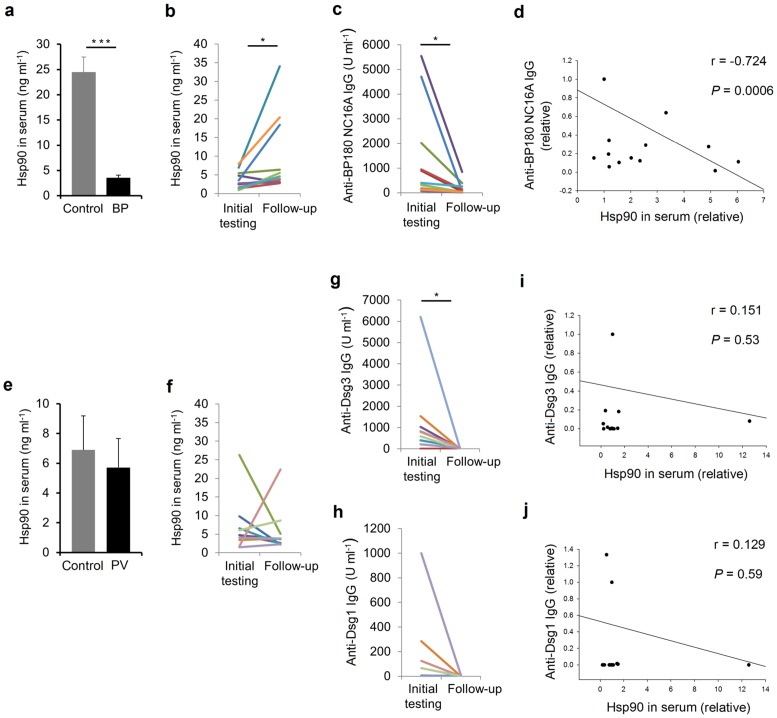Figure 2. Decreased Hsp90 serum levels and their inverse association with anti-BP180 NC16A autoantibodies in bullous pemphigoid patients.
Circulating Hsp90 was evaluated in serum of bullous pemphigoid (BP) patients and controls (healthy subjects and pemphigus vulgaris [PV] patients) by enzyme-linked immunosorbent assay. (a) Mean serum Hsp90 levels were comparatively lower in BP patients than in healthy controls. (b) Intraindividual serum levels of Hsp90 in BP patients showed an increase after a mean follow-up time of 29 weeks of immunosuppressive treatment. (c) Rising levels of circulating Hsp90 were paralleled by a reduction in individual serum anti-BP180 NC16A IgG autoantibodies. (d) A significant inverse correlation was observed between Hsp90 serum levels and circulating BP autoantibodies. (e) Mean serum Hsp90 levels were comparable between PV patients and corresponding healthy controls. (f) Intraindividual serum levels of Hsp90 in PV patients showed no consistent trend towards an increase or decrease, while serum (g) anti-desmoglein 3 (Dsg3) and (h) 1 (Dsg1) IgG autoantibodies declined after a mean follow-up time of 41 weeks of immunosuppressive treatment. (i, j) No significant correlation between Hsp90 serum levels and circulating PV autoantibodies could be recorded. Values are mean ± SEM of 12 BP patients, 10 PV patients and 12–29 healthy controls. *P<0.05, ***P<0.001.

